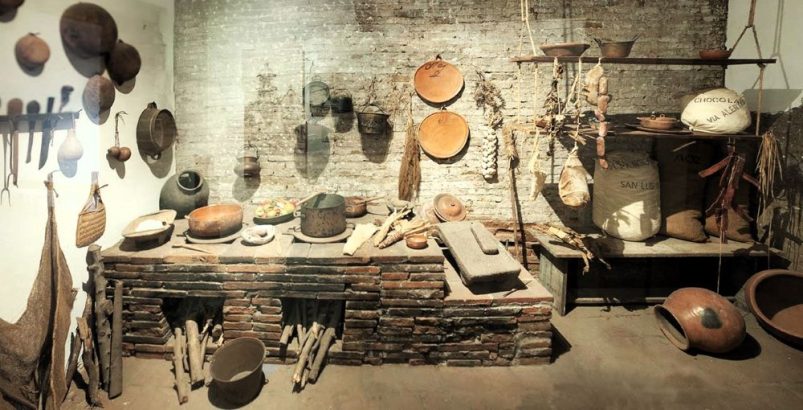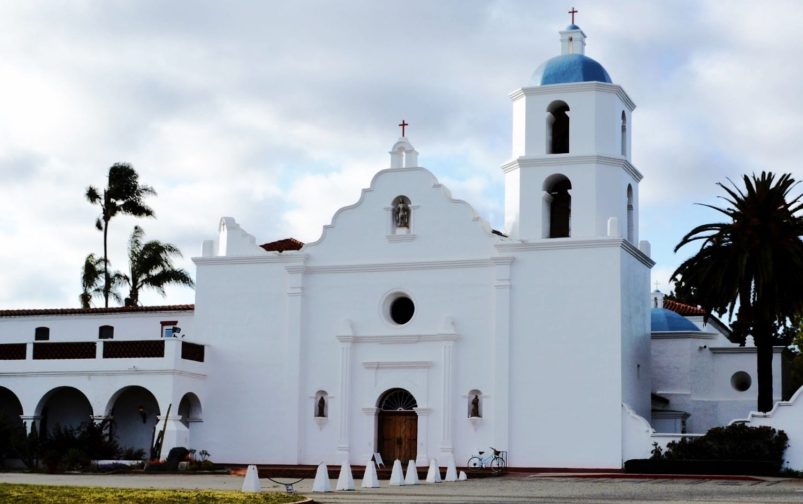Despite being the last founded in the south, Mission San Luis Rey de Francia, also known as the “King of the Missions” became the largest and most prosperous among all missions. The great quadrangle was 500 feet on a side. An intricate aqueduct system supplied water for the Mission, its gardens, and the pools used by mission dwellers for bathing and laundry. In 1831, an unbelievable 16,000 cattle, 25,500 sheep, and 2,150 horses graced the far-flung ranchos. By that same year, San Luis Rey de Francia Mission produced 395,000 bushels of grain and 2,500 barrels of wine.

Once Mexico gained its independence from Spain, the new Nation began to divide the spoils of the mission system. Governor Pío de Jesús Pico and his brother appropriated 90,000 acres of Mission San Luis Rey de Francia land for themselves. By 1846, the last vestige of mission life had disappeared. Eventually, the U. S. Government gathered the last Mission Indians into a “temporary” home on a Reservation at the Asistencia San Antonio de Pala.
They still live there, and the Asistencia is now the only original site where Mission Indians are still ministered to. Today, the official name of the former Asistencia is “Mission San Antonio de Pala”, and is located in northern San Diego County inside the Pala Indian Reservation.
The original decree, signed by President Abraham Lincoln on March 18, 1861, which returned the mission buildings and a few surrounding acres to the Catholic Church, is displayed today in the Mission Museum of San Luis Rey de Francia. Even so, years of vandalism and neglect followed before Franciscan Missionaries from Mexico returned in 1892 to begin a restoration that has recaptured much of the grandeur of past times.
